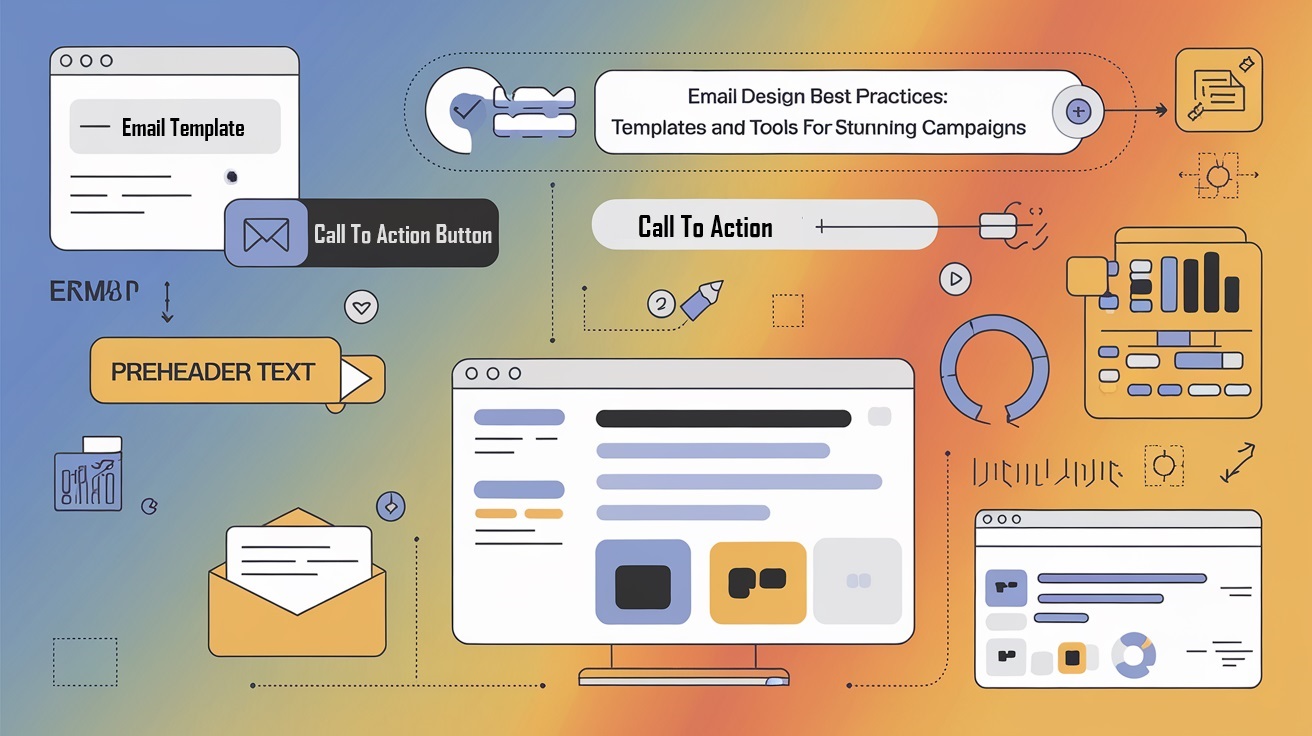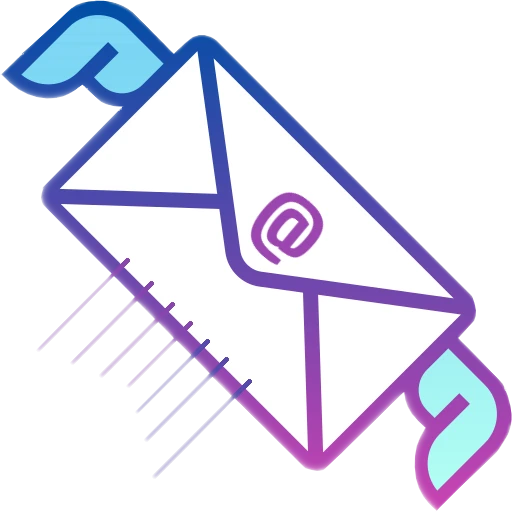
Email Design Best Practices: Templates and Tools for Stunning Campaigns
Introduction
Imagine this: you’ve spent weeks crafting the perfect email campaign, only for it to end up in the trash folder. Why? Because your email’s design failed to grab attention. In today’s crowded inbox, stunning email designs are not just optional—they’re essential. Research shows that well-designed emails can increase click-through rates by up to 42%, proving that aesthetics and functionality go hand in hand for successful email campaigns. In this guide, we’ll explore actionable best practices, futuristic trends, and the best tools to create visually appealing and effective emails.
The Foundation of Great Email Design
1. Branding Consistency
Your email is an extension of your brand. Use consistent colors, fonts, and logo placements to create a cohesive identity. Consistency builds trust and helps recipients recognize your emails instantly.
2. Responsive Design
With over 55% of emails opened on mobile devices, responsive design is critical. Ensure your emails look flawless on all screen sizes by using adaptable templates and testing on various devices.
3. Accessibility Matters
Accessible design isn’t just about compliance—it’s about inclusivity. Add alt text to images, use readable fonts, and ensure a minimum font size of 14px for easy reading.
Key Email Design Best Practices
1. Visual Hierarchy
Guide your readers through your email by using headings, subheadings, and strategically placed visuals. For example, place your primary CTA above the fold to catch attention immediately.
2. Use of White Space
White space isn’t wasted space. It improves readability and makes your content visually appealing. Avoid cramming too much information into a single email.
3. Compelling CTAs
Your call-to-action buttons should stand out. Use bold colors, contrasting text, and actionable language like “Shop Now” or “Get Started.” Place CTAs where they’re easy to find, such as at the end of sections.
4. Dynamic Content
Incorporate interactive elements like GIFs, videos, and clickable polls to keep your audience engaged. Dynamic content personalizes the experience, increasing engagement rates.
5. Optimize for Speed
Emails that load slowly lose readers. Compress images, use clean code, and avoid heavy elements to ensure fast loading times.
Futuristic Email Design Trends
1. AI-Driven Personalization
AI tools can analyze user behavior to deliver hyper-personalized content, such as product recommendations or tailored offers.
2. Interactive Emails
AMP (Accelerated Mobile Pages) technology enables recipients to interact with emails directly. Features like polls, mini shopping carts, and live data updates create immersive experiences.
3. Dark Mode Compatibility
With more users enabling dark mode on their devices, designing emails that adapt seamlessly to this setting is crucial. Use transparent PNGs and test color contrasts to ensure readability.
The Role of Templates in Stunning Email Campaigns
Email templates save time and guarantee professional designs. Look for templates with:
-
Drag-and-drop functionality
-
Responsive layouts
-
Customizable elements to match your brand
Platforms like Stripo and BeeFree offer a wide range of templates suitable for all industries.
Top Email Design Tools for 2025
1. Stripo
A user-friendly email builder with drag-and-drop functionality and advanced customization options.
2. BeeFree
Offers sleek templates and an intuitive interface, perfect for beginners and experts alike.
3. Canva
Known for graphic design, Canva also provides email template creation, complete with easy customization and branding tools.
4. Mailchimp
Includes built-in design tools for creating responsive, AI-driven email campaigns.
Common Design Mistakes to Avoid
-
Overloading Emails: Too many visuals or CTAs confuse readers. Focus on one primary goal per email.
-
Neglecting Alt Text: Ensure all images have descriptive alt text for accessibility.
-
Inconsistent Branding: Use a cohesive color palette and design elements to reinforce brand identity.
Case Studies of Successful Campaigns
Example: E-Commerce Cart Abandonment Email
What Worked:
-
A clean, responsive layout
-
Dynamic content showcasing abandoned items
-
A prominent discount offer with a clear CTA (e.g., “Complete Your Purchase Now”)
Example: SaaS Onboarding Email
What Worked:
-
Step-by-step guidance with visual cues
-
Embedded video tutorial for easy understanding
-
Personalized subject line addressing the user’s name
Actionable Steps to Get Started
-
Choose a Template: Select a template that aligns with your campaign goals.
-
Customize the Design: Add branding elements, compelling visuals, and personalized content.
-
Test Across Devices: Ensure compatibility with mobile and desktop platforms.
-
Analyze and Refine: Use analytics to track performance and improve future designs.
Conclusion
Stunning email designs are the backbone of successful marketing campaigns. By combining best practices, futuristic trends, and the right tools, you can create emails that not only capture attention but also drive results.
Join Our Newsletter!
Get the latest email marketing insights & tools straight to your inbox with SalesData.in!
